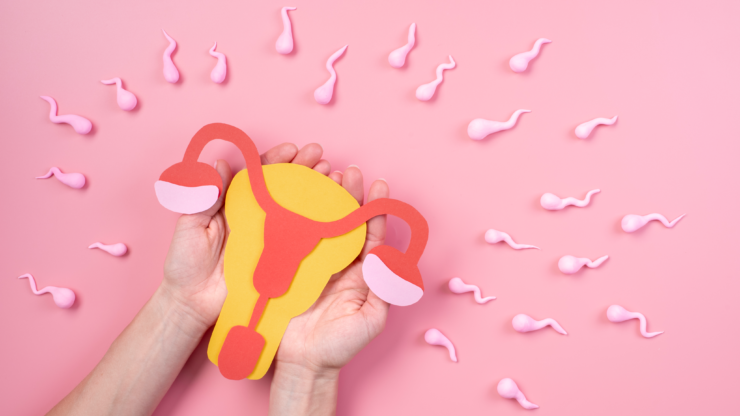IntroductionGestational diabetes (GDM) is a condition that some women develop during pregnancy, often in the second half. Understanding how to manage GDM effectively can reduce risks for both mom and baby and support a healthy delivery. What Causes GDM and Who Is at Risk?GDM arises due to hormonal changes that make it harder for the body to manage blood sugar.…










